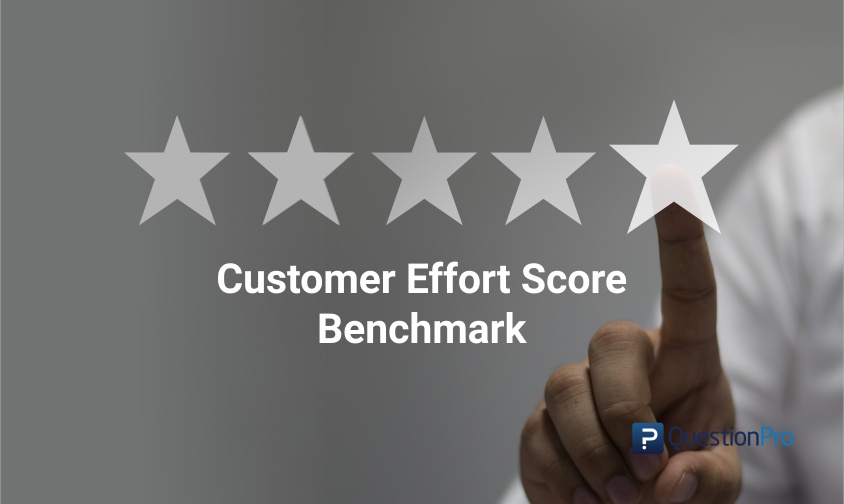 Reading Time: 2 minutes read
Reading Time: 2 minutes read
Customer Effort Score is a measurement parameter to get information about the efforts the customers have to put into your product/service. Lower the effort, the better it is for the credibility of your organization. The results of a CES question gives you insights about how strong or weak your customer service program is and changes in the functioning can be made on the basis of these inputs.
It has been proved in the recent times that Customer Effort Score (CES) is a better scoring model to judge customer loyalty and brand shareability than its counterparts, i.e. Net Promoter Score (NPS) or Customer Satisfaction Score (CSAT). CES gives you detailed information about the customer behavior in terms of interaction with the various processes of the organization.
So, it’s natural that customer effort score benchmark with both internal and external parameters will lead to better functioning and improved commercial structuring of your organization.
Customer Effort Score Benchmark:
“To me, business is the ultimate sport. It’s always on. There is always someone trying to beat me.”— Mark Cuban
Mark Cuban has very well put it that there always needs to be competition for an organization to succeed. To have a successful benchmarking process, you need to implement either of the three methods:
- Use competitive landscape as your customer effort score benchmark
- Compare your metric to the global standards
- Correlate your metric against your own
Use competitive landscape as your benchmark:
- This is the most effective benchmarking method as you get to set the competitor’s CES as a benchmark.
- It takes the industry into consideration. i.e. the airline industry has a different level of bringing happiness to the customers when compared to the banking industry.
- When the industries that are ever changing, the customers will easily switch to your competitor if the customers feel a lot of efforts have to be put into your products or services.
Compare your metric to the global standards:
- Competitor benchmarking is very effective but another way of going about benchmarking is comparing your metric to the global standards.
- While doing this comparison, keep in mind that the cultures, lifestyles, and demographics in general will differ across the various locations.
- For example, the results that you may receive in the European region will be drastically different from the ones you receive in the USA. Europeans are a little conservative and will not give you high scores unless they’re extremely happy with their experience. There are some regions where respondents may give you really high or really low scores but not mediocre score.
Correlate your metric against your own:
- Comparison with the self is one of the most impactful ways to grow.
- The best way to go about it is to compare your score against your score over six months or at least a quarter.
- This way, if you observe minimum 10% increase in your Customer Effort Score, that means your organization is on the right path but instead if you see a significant dip in the score, you must adopt changes as quickly as you can to rectify this.
Looking to deliver an exceptional customer experience with QuestionPro CX? Discover more about how to delight your customer at every touchpoint and turn them into brand advocates.




















